インストールと使用
5 steps to start using DCL actuator Install actuator onto the valve Check mechanical limiter Wiring Set end-position of Open/Close Start to Use How-tos View More > Application Notes View More > User Manual View More > Previous:FAQ Next:5 Steps to Start Using DCL Actuator
DCLアクチュエータの技術資料
Standards (ISO/GB/EU) View More > Technical Articles View More >
Maintenance & Repair of DCL Actuator
Common Faults & Troubleshooting for ON-OFF Actuator for Modulatiing Actuator for DC24V Actuator for DCL-02 ON-OFF Actuator for DCL-02 Modulating Actuator More View More >
アクチュエータのヒステリシスを設定するには?

ヒステリシスを設定することにより、アクチュエータは PID クローズドループ制御アプリケーションにより適合することができます。ヒステリシスを設定する手順S-Aスイッチ(下図の赤枠)を2の位置に回します。調整ノブ(黄色のボックスで強調表示)を回してヒステリシスを設定します。各スケールマークは0.5%を表します。調整可能なヒステリシスの範囲は0.5%~5%です。
DCL電動アクチュエータはどのような種類のバルブを駆動できますか?
The DCL electric actuator is mainly used to drive butterfly valves with a diameter of less than 600mm, ball valves with a diameter of less than 350mm, and ventilation dampers and air flap valves with a diameter of less than 1200mm. Beyond these applications, some interesting use cases are also worth noting. For example: Rotating solar photovoltaic panels to track sunlight. Controlling louvers for natural ventilation. Driving specific baffles in certain scenarios using a linkage arm. Applications of DCL Electric Actuator: Driving butterfly valves Driving ball valves Driving ventilation dampers and air flap valves Driving other types of valves Driving other devices Driving Butterfly Valves The DCL electric actuator […]
電動アクチュエーターの仕組み
Once connected to a power supply (AC380V, AC220V, AC24V, or DC24V), DCL electric actuators can be controlled by a Distributed Control System (DCS) using various control signals, including analog signals, digital signals, bus communication, and IoT networks. The actuator drives the electric valve to fully open, fully close, or adjust to a specified position, enabling open-loop or closed-loop control of key fluid process parameters such as temperature, flow rate, and pressure. How does an ON-OFF electric actuator works? Actuator Status Power by AC85-265V & Control by Relay Power by DC24V & Control by Relay Power by AC220V & Control by Switch […]
電動アクチュエータを選ぶ理由
An electric actuator utilizes a motor-driven reduction mechanism to achieve both rotary and linear motion of a valve. Since it is powered by a motor, the electric actuator features a simple and reliable structure without requiring additional support systems like pneumatic or hydraulic sources. This results in higher energy efficiency and lower operational costs. At the same time, it offers greater reliability and a longer service life. By incorporating an electronic control module, the electric actuator enables precise, rapid, and complex valve movements. As a result, it is ideal for fluid control applications requiring higher precision, faster response, and greater efficiency. Reliable and Durable Electric actuators feature a simple structure, […]
テクニカル記事
DCLアクチュエータを使い始めるための5つのステップ
1. Install actuator onto the valve Turn the valve in fully closed position. Install the bracket on the valve. Connect the coupling on the valve shaft. Drive the actuator to the fully closed position with manual handle. Insert the actuator output shaft into the square hole of the coupling. Tighten the connecting between these parts. Drive the actuator with manual handle to in the travel range, checking if turning smooth. Attention: make sure the concentricity of connection shaft in the mounting process and do not use excessive force. More Details > 2. Check mechanical limiter The mechanical limiter has been set in the right position after manufacturing. Normally we […]
How-tos of DCL Actuator
Previous:5 Steps to Start Using DCL Actuator Next:User Manual of DCL Actuator

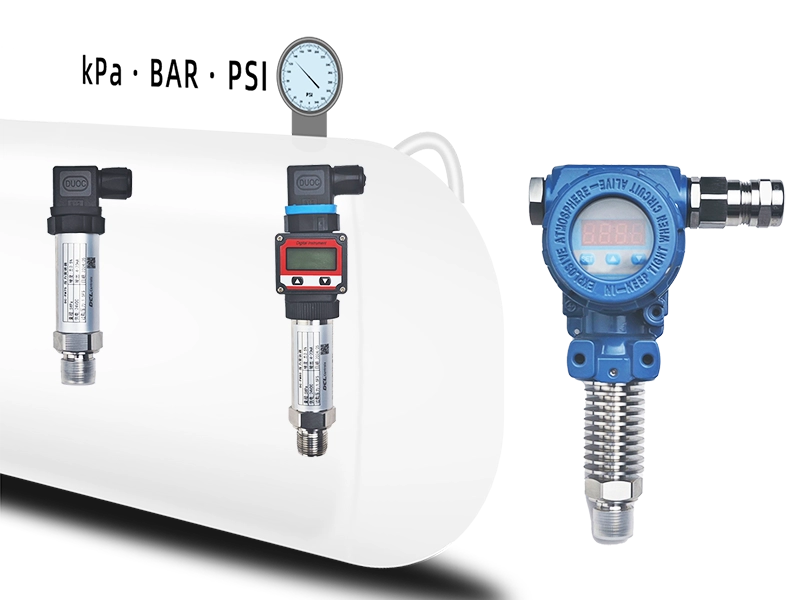
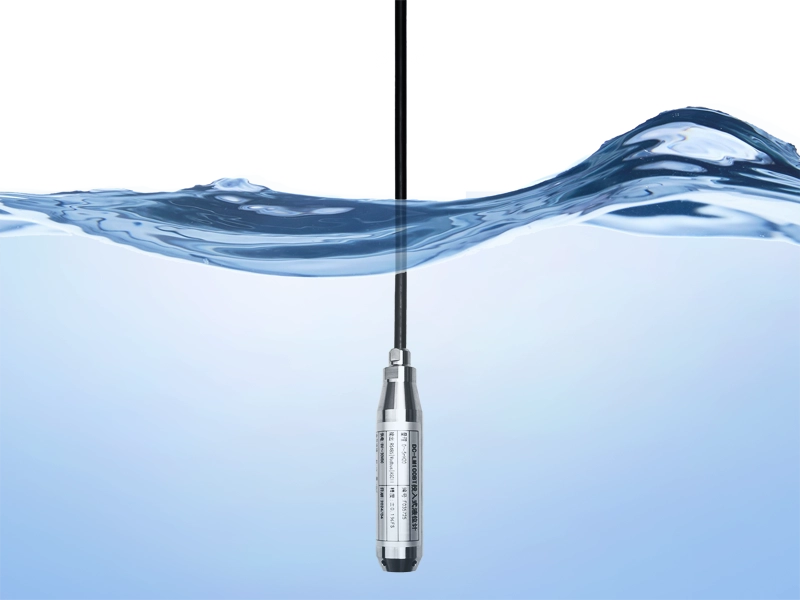





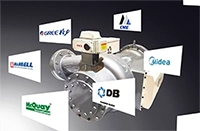


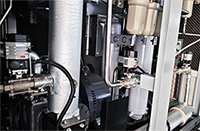



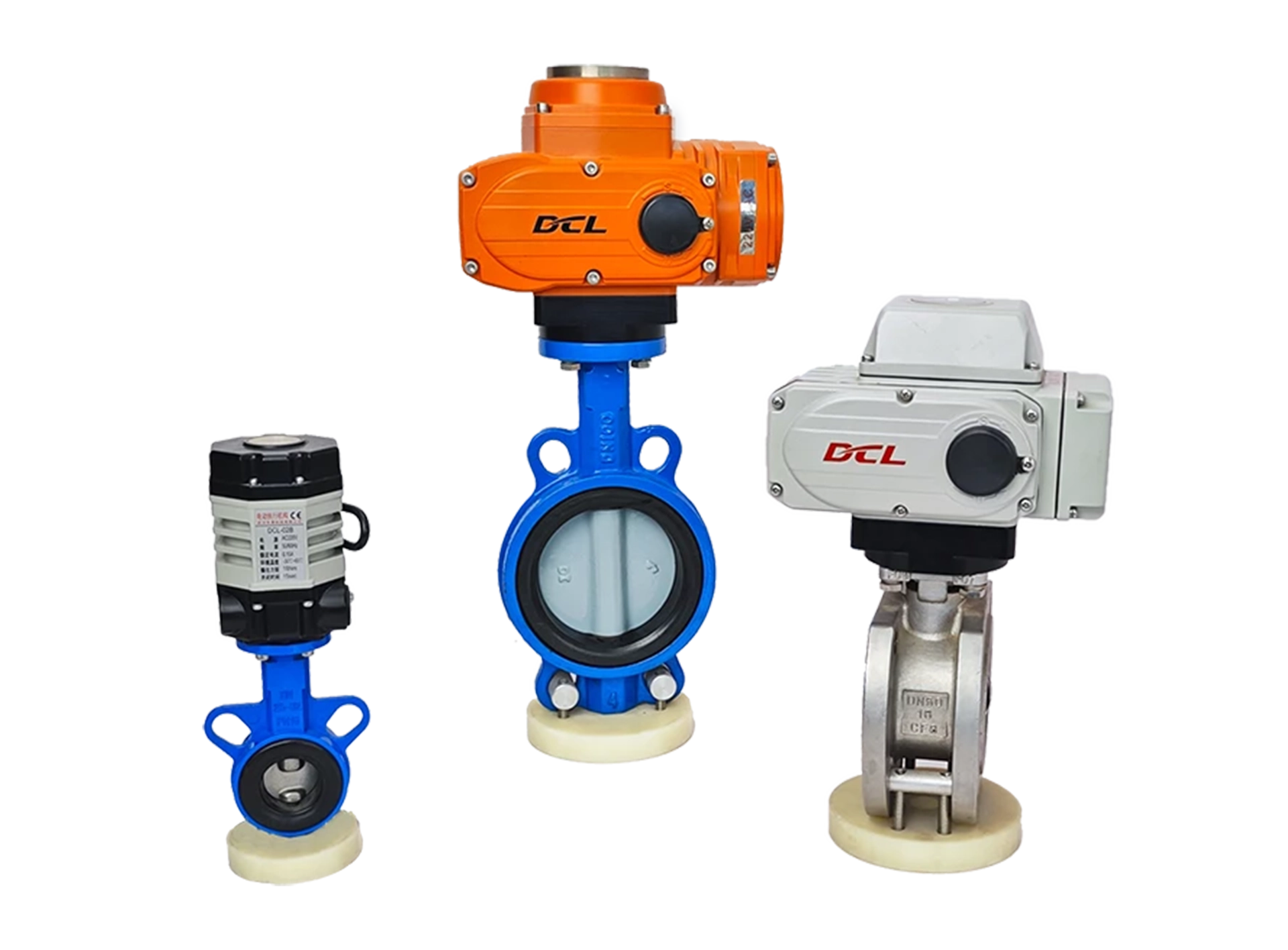












 鄂公网安备 42018502006527号
鄂公网安备 42018502006527号